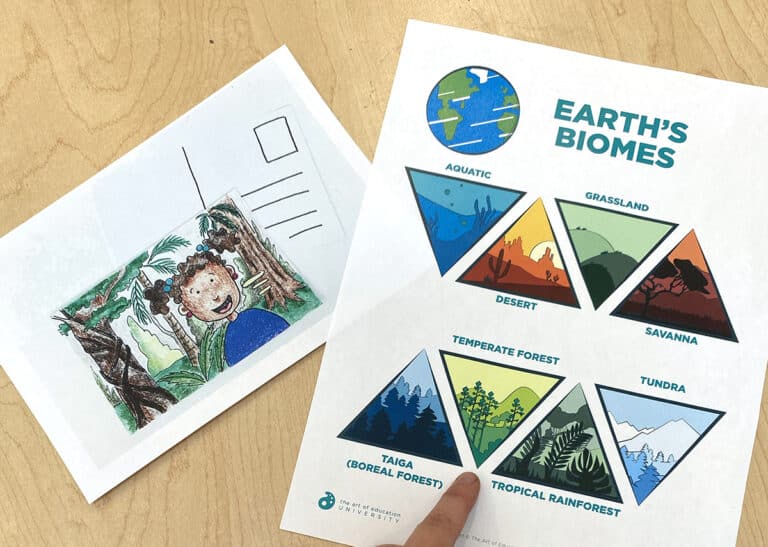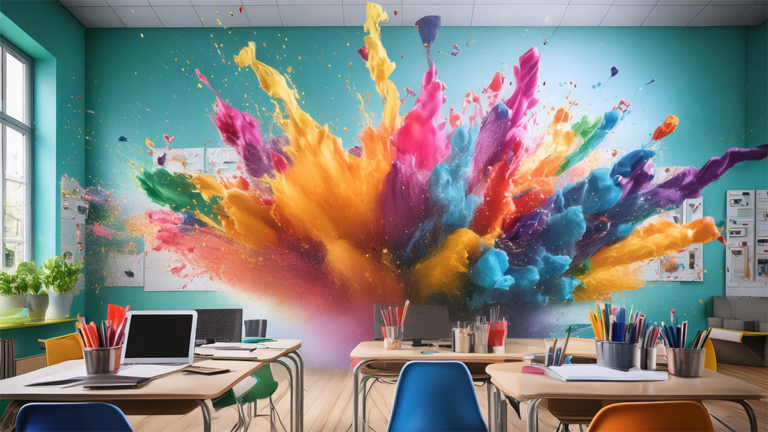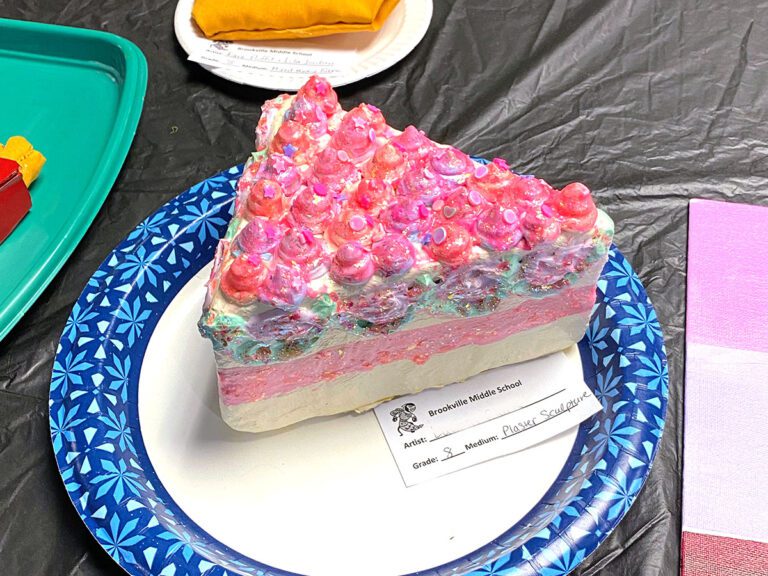When schools stopped and shifted to online learning, the curriculum and student experience changed dramatically. While you did everything you could for your students at the time, it’s likely you had to omit some material or skip specific projects. As a result, you might be concerned about how this will position your students in the fall, and you’re questioning their preparation for the next art course. While you can’t make up for time lost, you can think differently about how you approach the future. Starting off the year with a boot camp of experiences can be a fun and productive way to teach and re-teach students a variety of skills and concepts in a short time.
How do you plan an art boot camp?
The first step is identifying what content will be covered in your boot camp. To start, create a list of skills and concepts the impacted students missed. Try not to think about this in terms of projects because you can’t make up every project. Instead, analyze each missing project for the critical components students learned and demonstrated.
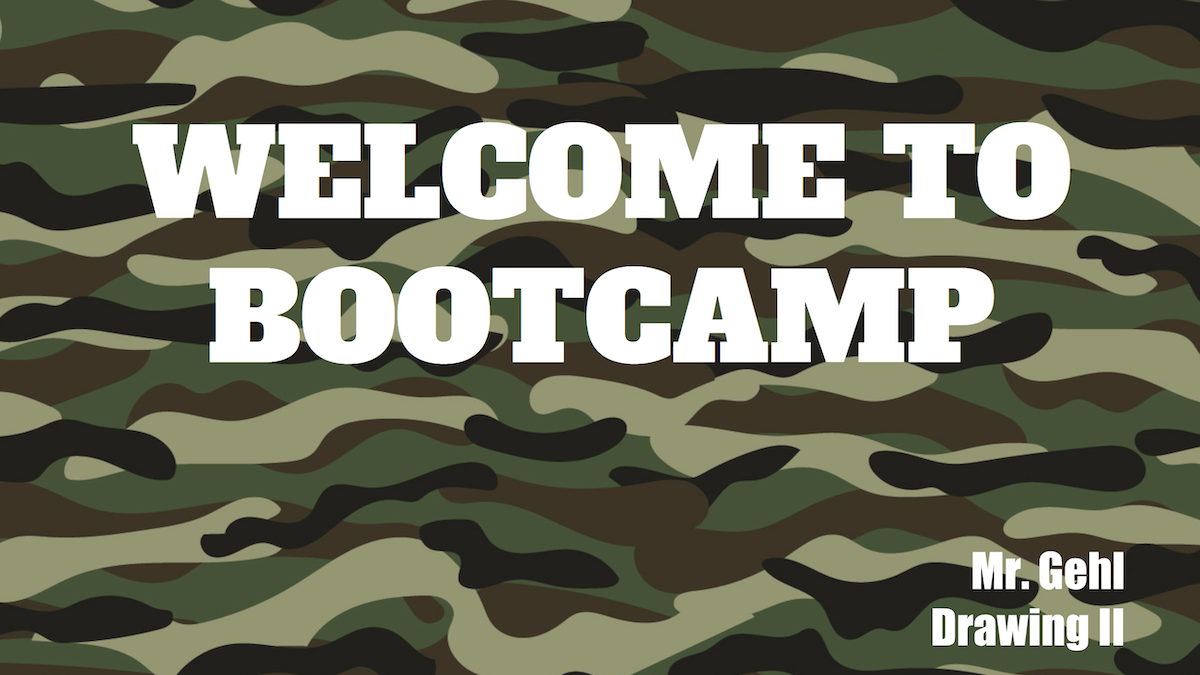
Then, review your list and make connections to the projects and content you will be covering in the next course. Students might have missed experiences that were pillars of the previous course, but not because they directly related to the curriculum in the subsequent course. The goal is to identify what students will need to be successful in the new art course they would have normally learned in the previous course.
Now that you have your list, brainstorm one to two-day activities to teach these concepts to students. In some cases, some items might connect or be taught together. Students won’t be able to apply the concept to a larger project as they would have in the previous course, but they will still be able to learn and understand the information. You can also give them an opportunity to practice the skill, even if it doesn’t result in a finished piece.
Review your list of activities and identify what supplies you will need for each activity. Double-check what you currently have in stock and order remaining supplies so you’re ready to go.
Finally, set your schedule. Create a daily calendar of activities and order of events, which will aid in your preparation and can be shared with students.
How to execute a boot camp?
Now that you have your content prepared, you want to think about how to best execute this approach. Your primary goal is to teach students as many concepts or skills as you need in the most efficient manner. Running a boot camp can be fast and furious as you might be working with new materials and new resources each day over an extended period of time. It’s important to be prepared with what you need to avoid any loss of instructional time. Here are some things to consider:
- Art Supplies: Think about how you can organize your supplies in advance for students to have them readily available when they walk in. Minimizing time spent on setup and cleanup means more instructional minutes.
- Learning Resources: Slide decks, images, videos, etc. should all be organized in a way that allows for quick recall. Put all of your resources in one place, like a website, so you aren’t navigating multiple windows, files, etc.
- Routine: Creating a routine for the students will help them adapt and stay on track. Before you start boot camp, take a few minutes to share the plan and what they should expect to do each day. Building consistency in the routine can help students contribute to the process and add more instructional minutes to the bank.
- Portfolio: Throughout boot camp, students will be completing a variety of activities. Portfolios or sketchbooks can be a great way to keep track of the work and for students to have a destination for where to work or where to put things.
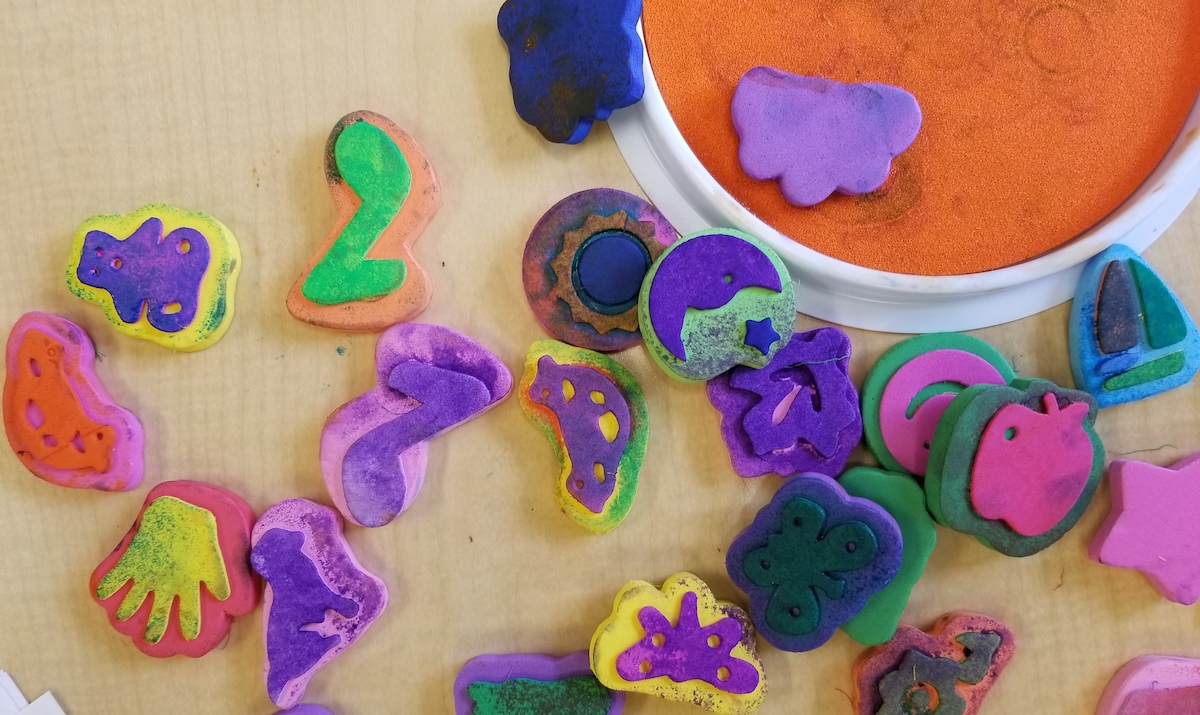
What’s next?
When boot camp is over, students will have a collection of information and completed activities demonstrating their understanding. You will be able to review their work and assess it as needed to determine the next steps. Here are a few ideas:
- Keep Practicing: With so many concepts covered, it’s likely students individually grasped one concept easier than others. You could allow time at the end of boot camp for each student to further develop in the area they need most.
- Culminating Project: Students have now learned a variety of skills and concepts, which could serve as a catalyst for a project that applies this new knowledge. Students could pick from what they learned or collage everything together to create a finished piece.
- Move On: It might feel counter-intuitive, but it’s okay for students to learn new skills and concepts without it leading to a finished art piece. Boot camp allowed students to further develop their artistic toolbox and now they’re more prepared for the new course.
How to Run a Colored Pencil Boot Camp to Help Develop Students’ Skills
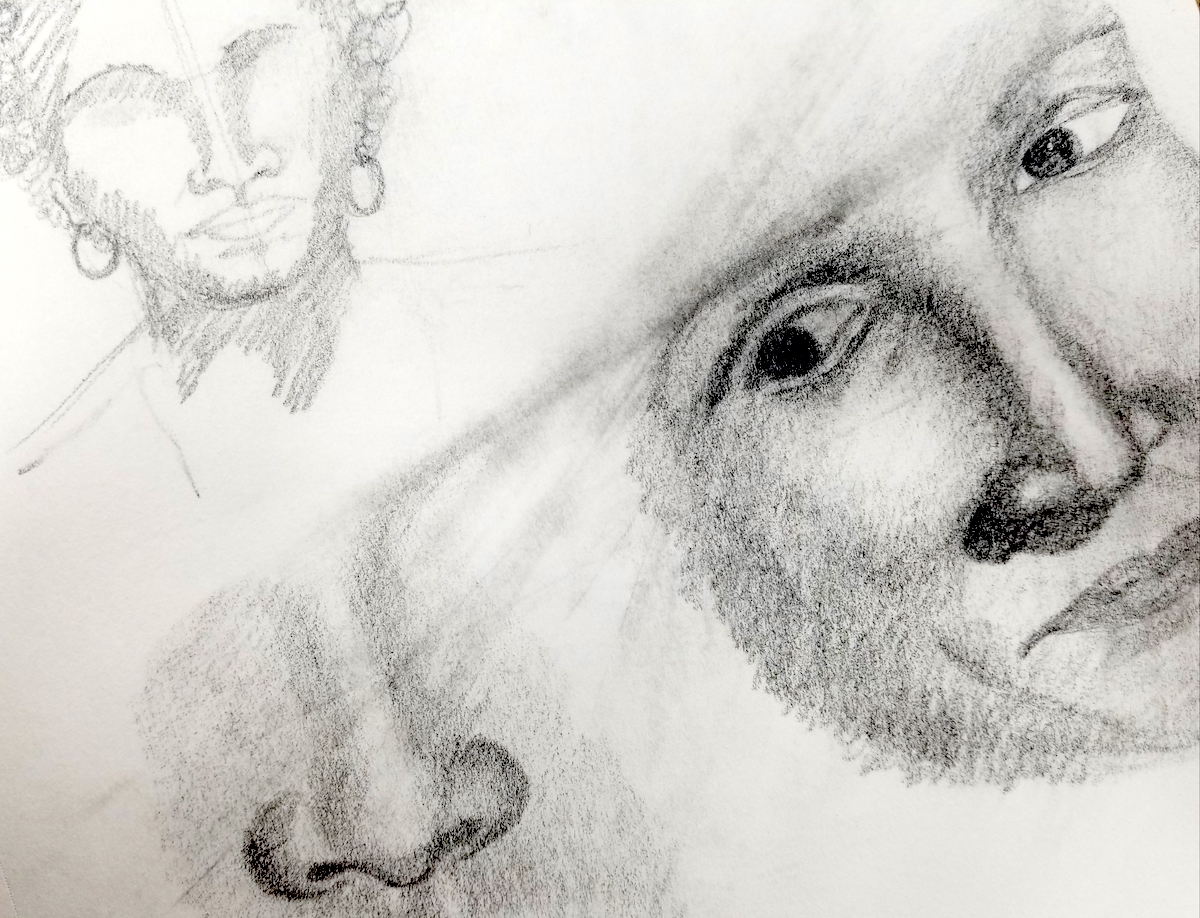
10 Portrait Projects to Build Skills and Creativity
Students have always entered a new art course in different places, but it might be more drastic than before due to the limitations of online learning. Being responsive to the circumstances and intentional in your planning can help students get caught up on missed content and prepared for the new course. Planning and executing a boot camp in the new art course provides a fun, quick, and efficient way for students to learn a variety of curriculum in a short amount of time. Students will exit the experience with more skills and knowledge and be ready to tackle the challenges of the new curriculum in the rest of the course.
What other approaches can be used to help students learn missed material?
What ways can teachers organize boot camp materials to be most efficient?
Magazine articles and podcasts are opinions of professional education contributors and do not necessarily represent the position of the Art of Education University (AOEU) or its academic offerings. Contributors use terms in the way they are most often talked about in the scope of their educational experiences.


